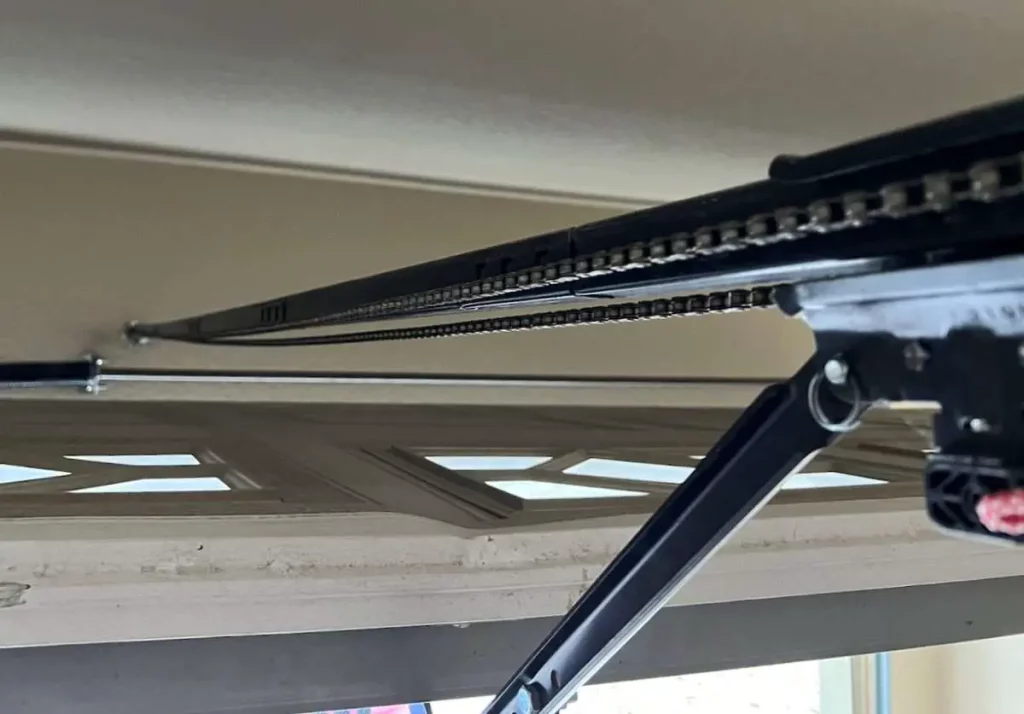Is your garage door opener making unusual noises or struggling to open and close smoothly? A common culprit behind these issues is a loose belt on the garage door opener. In this comprehensive guide, we’ll explore what causes a loose belt, how to diagnose the problem, and steps you can take to remedy it effectively.

Exploring the Loose Belt Phenomenon
What Causes a Loose Belt?
A loose belt on a garage door opener can result from various factors, including:
- Wear and Tear: Over time, the belt on your garage door opener may become worn or stretched, leading to slackness.
- Improper Installation: If the belt was not installed correctly or has become misaligned, it may not maintain proper tension.
- Lack of Maintenance: Neglecting regular maintenance tasks, such as lubricating the belt and pulleys, can contribute to belt looseness.
Signs of a Loose Belt
Detecting a loose belt early can help prevent further damage to your garage door opener system. Look out for the following signs:
- Unusual noises, such as squeaking or grinding, when the opener is in operation
- Jerky or uneven movement of the garage door
- The door struggling to open or close smoothly
Diagnosing and Fixing the Issue: Loose Belt on Your Garage Door Opener
Step 1: Visual Inspection
Start by visually inspecting the belt and its tension. Look for signs of wear, damage, or misalignment. Ensure that the belt is properly seated on the pulleys and sprockets.
Step 2: Check Tension Adjustment
Most garage door openers feature a tension adjustment mechanism that allows you to tighten or loosen the belt as needed. Consult your opener’s manual for instructions on how to adjust the belt tension.
Step 3: Tighten or Replace the Belt
If the belt is visibly loose or worn, you may need to tighten or replace it. Follow the manufacturer’s guidelines for proper belt tension and replacement procedures. Be sure to use a high-quality replacement belt compatible with your garage door opener model.
Preventative Maintenance Tips: Loose Belt on Your Garage Door Opener
Regular Lubrication
Keep your garage door opener system in optimal condition by regularly lubricating the belt and pulleys. Use a silicone-based lubricant recommended by the manufacturer to reduce friction and wear.
Periodic Inspections
Perform routine inspections of your garage door opener, including checking the belt tension, alignment, and overall condition. Address any issues promptly to prevent them from worsening over time.
Professional Maintenance
Consider scheduling periodic maintenance visits from a qualified technician to inspect and service your garage door opener system. A professional can identify potential issues early and perform necessary repairs or adjustments.
Read too: Why Your Liftmaster Garage Door Won’t Stay Closed and How to Fix It? Troubleshooting Tips
Conclusion
A loose belt on your garage door opener can lead to a range of operational problems and potential safety hazards. By understanding the causes of belt looseness and following proper diagnostic and repair procedures, you can ensure that your garage door operates smoothly and efficiently for years to come.



Leave a Reply